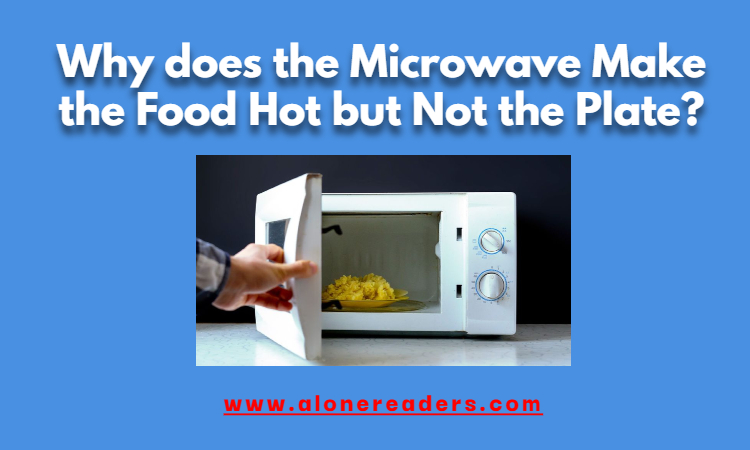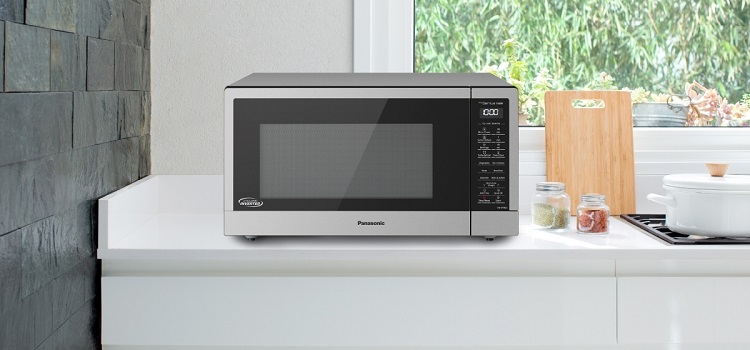
Since they make it so simple to quickly and easily heat our meals, microwaves have become a necessary component in modern kitchens. Many people still have questions about how microwaves operate and how they can heat food so rapidly, though.
A frequency of 2.45 gigahertz (GHz) is used by microwave appliances to produce electromagnetic radiation. A category of electromagnetic pulse with a wavelength of roughly 12 centimeters, this radiation is referred to as microwaves. The microwaves that travel through food as it is placed in a microwave oven and turned on cause the water molecules there to vibrate.
Heat is produced by friction, which is caused by the oscillation of the water molecules. The remainder of the food then begins to heat up as a result of this heat transfer. The dipole moment of water, which makes it polar, accounts for why water molecules are especially affected by microwaves. The water molecules are aligned by the electric field component of the microwaves, which causes them to spin and produce heat.
It's important to remember that microwaves don't impact all foods in the same way. Soups and stews heat up more rapidly than dry or low-water foods like bread or crackers because they contain more water molecules. The amount of food that heats up equally also depends on the food's size and shape. To ensure even heating, it may be necessary to rotate or stir meals that are large or irregularly shaped while they are cooking.
So why doesn't the plate also heat up? The makeup of the plate holds the key to the solution. The majority of plates are made of microwave-safe materials like ceramic, glass, or plastic. The plate doesn't heat up as a consequence because the microwaves simply pass through it without being absorbed.
It's essential to remember, though, that some plates may warm up slightly as a result of the food. In a microwave, conduction allows some of the heat to be transferred from the meal to the plate. The dish may warm up as a result of this, but it won't get hot enough to burn people or become dangerous.

Photo file: panasonic.com
Microwaves can be used in the kitchen for a variety of purposes besides simply heating food. For example, they can be utilized to swiftly and effectively defrost frozen food. This method involves using a reduced power level, which enables the microwaves to penetrate the food and melt any internal ice crystals. Compared to defrosting food at room temperature, which can take several hours or even overnight, this process is much quicker.
Additionally, you can cook some meals in microwaves, like rice or vegetables. Compared to traditional ovens and stovetops, microwaves do not cook food in the same manner. Convection, which includes the movement of hot air, is one method by which heat is transferred to the food in a conventional oven, for instance. In contrast to a microwave oven, this enables the food to brown and take on a crispy structure.
It's important to carefully follow the manufacturer's directions when using a microwave to cook food. Because different models may have varying power outputs or cooking times, microwaves can be unpredictable. Additionally, it's essential to make sure the food is heated to a secure temperature in order to eradicate any potentially harmful bacteria or pathogens.
In conclusion, microwaves heat food by generating heat through the friction caused by the vibration of water molecules. The remainder of the food then receives this heat, which causes it to heat up swiftly and effectively.